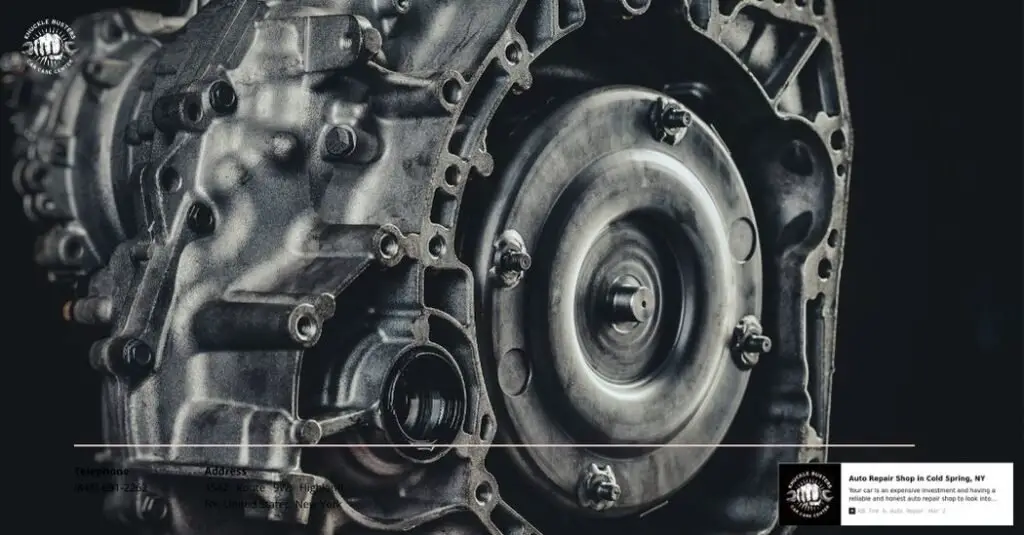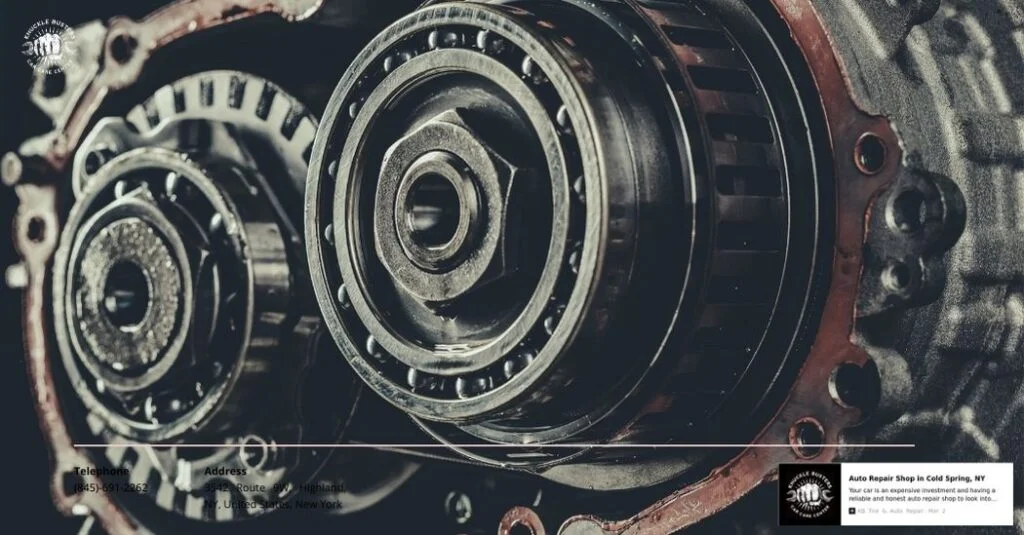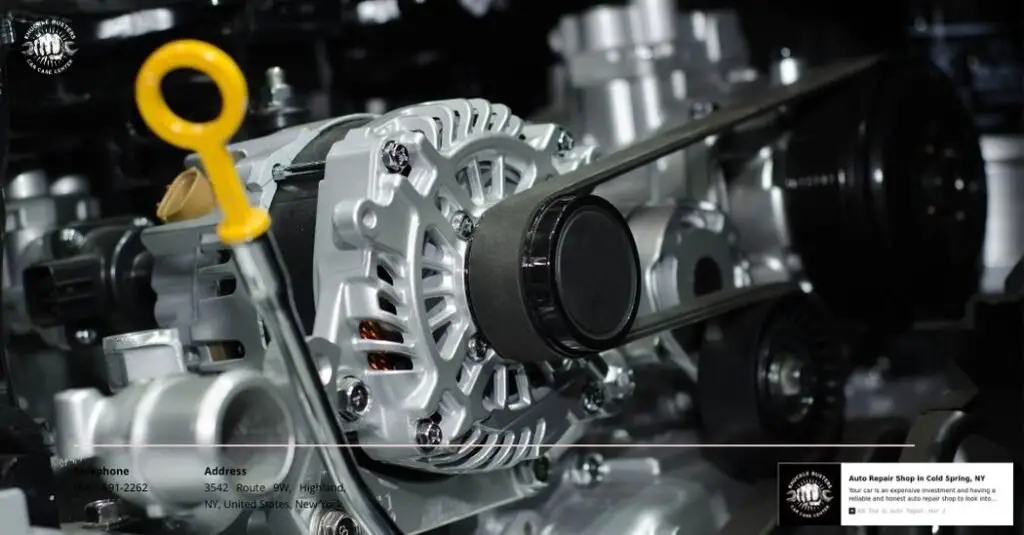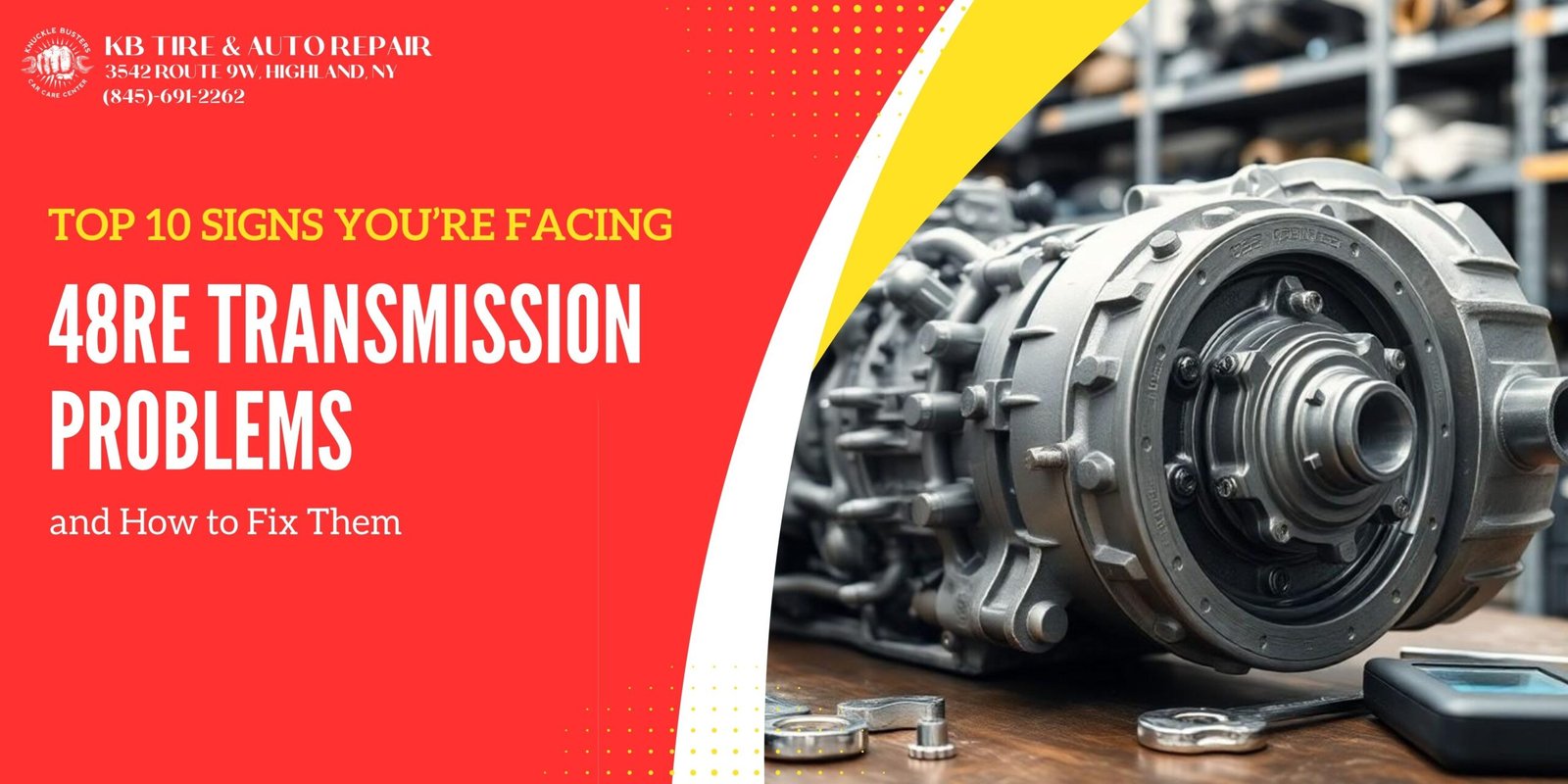If you’re driving a vehicle equipped with a 48RE transmission, you might be familiar with the unique challenges it can present. Known for its durability, this transmission isn’t without its issues, and understanding them can save you time and money. Whether you’re experiencing slipping gears, overheating, or erratic shifting, recognizing these problems early can make all the difference.
Don’t let transmission troubles derail your driving experience. By staying informed about common 48RE transmission problems, you can take proactive steps to address them before they escalate. In this article, you’ll discover essential insights and solutions to keep your vehicle running smoothly, ensuring you get the performance and reliability you expect. Your journey deserves the best—let’s dive into the world of 48RE transmission issues and empower you to tackle them head-on.
Overview of 48RE Transmission
The 48RE transmission, commonly used in Dodge trucks, features a robust design suited for heavy-duty applications. This automatic transmission is known for its ability to handle high torque loads while providing a balance of performance and durability. However, like any mechanical component, the 48RE is not without its problems.
Recognizing and addressing 48RE transmission problems early on is crucial for maintaining your vehicle’s performance and avoiding expensive repairs. Common issues include slipping gears, which can lead to reduced power efficiency, and overheating, often caused by insufficient fluid levels or poor cooling system performance. Erratic shifting can also occur, leading to an unpleasant driving experience and increasing the risk of transmission failure.
To prevent long-term damage, regular maintenance such as fluid changes and inspection of transmission components is essential. You can refer to the manufacturer’s guidelines for recommended service intervals. Upgrading components, such as installing a cooler, can mitigate overheating problems. Additionally, you might consider seeking advice from professionals who specialize in transmission repairs for more complex issues.
By staying informed about 48RE transmission problems, you can take proactive measures, ensuring smoother performance and extending the life of your transmission.
Common 48RE Transmission Problems

The 48RE transmission faces several common problems that can significantly impact performance. Recognizing these issues early helps you avoid costly repairs and maintain good vehicle functionality.
Symptoms of Issues
You may notice several symptoms indicating 48RE transmission problems, including:
- Slipping Gears: Experience unexpected shifts or a lack of response when accelerating.
- Overheating: Feel the transmission getting excessively hot during operation.
- Erratic Shifting: Notice harsh or irregular gear changes that interrupt smooth driving.
- Fluid Leaks: Spot transmission fluid puddles under your vehicle, indicating a leak.
- Warning Lights: Monitor your dashboard for any alerts regarding transmission performance.
Causes of Problems
Understanding the causes of these 48RE transmission problems helps you address them effectively. Common causes include:
- Inadequate Fluid Levels: Low transmission fluid can lead to inefficient lubrication and overheating.
- Dirty Fluid: Contaminated or worn-out transmission fluid compromises performance and shifts.
- Overworked Transmission: Towing or hauling excessive loads strains the transmission, increasing wear.
- Faulty Components: Problems with solenoids, clutches, or bands can result in erratic behavior.
- Cooling Issues: Insufficient cooling due to a malfunctioning radiator or cooler can cause overheating.
Addressing these symptoms and causes promptly enhances your driving experience and prolongs the lifespan of your 48RE transmission. Regular maintenance and component upgrades can further mitigate the likelihood of these issues.
Diagnosing 48RE Transmission Problems

Diagnosing 48RE transmission problems requires a systematic approach to identify the underlying issues affecting your vehicle’s performance. Early diagnosis helps prevent more extensive damage and costly repairs.
Tools and Techniques
- OBD-II Scanner: Use a scanner to retrieve diagnostic trouble codes (DTCs) from your vehicle’s computer. Codes related to transmission issues can direct you to specific problems.
- Transmission Fluid Check Kit: Assess fluid condition using a dipstick or a fluid testing kit. Proper fluid levels and quality affect transmission function.
- Pressure Gauge: Attach a pressure gauge to check the hydraulic pressure within the transmission. Abnormal pressure readings may indicate internal problems.
- Visual Inspection Tools: Utilize mirrors and flashlights to inspect vulnerable areas like cooler lines and bell housings for leaks or damage.
- Vibration Meter: Measure vibrations while driving. Excessive vibration may signal an internal issue within the transmission system.
When to Seek Professional Help
Seek professional help if you notice persistent symptoms of 48RE transmission problems, such as significant slipping during gear shifts, continuous overheating despite fluid checks, or visible leaks under the vehicle. An experienced technician can perform a comprehensive diagnostic inspection, identifying problems that might not be visible through self-assessment. Early intervention by a professional can ultimately save time and money, ensuring reliability when you’re on the road.
Solutions and Repairs

Addressing 48RE transmission problems early can prevent extensive damage and costly repairs. Here’s how to tackle common issues effectively.
DIY Fixes
- Fluid Check: Inspect transmission fluid levels regularly. Low fluid levels often cause slipping gears and overheating. Maintain fluid at the correct level—refer to your vehicle’s manual for specifics.
- Fluid Change: Replace old transmission fluid to improve performance. Dirty fluid can lead to shifting issues and overheating. Change fluid every 30,000 to 60,000 miles or as recommended.
- Cooling System Inspection: Examine the cooling system for blockages or leaks. Enhanced cooling can prevent overheating, a common concern with the 48RE transmission. Clean or replace the cooler if necessary.
- Adjust Bands: If your transmission slips or shifts hard, adjusting the bands can resolve these issues. Consult a service manual for the proper adjustment procedure.
- Electrical Connections: Inspect wiring and connectors for the transmission control module (TCM). Poor connections can trigger erratic shifting. Clean and secure any loose wires.
Professional Repair Options
- Transmission Rebuild: Rebuilding the 48RE transmission involves replacing worn-out components. This service can restore functionality and is often a long-term solution for severe problems.
- Diagnosis by Technicians: Experienced technicians use diagnostic tools to identify the root cause of the problem. Utilizing an OBD-II scanner, they retrieve error codes and perform pressure tests to assess hydraulic issues.
- Component Upgrades: Professionals may suggest upgrading components, such as installing an aftermarket cooler or stronger valve body, to enhance your transmission’s robustness against common issues.
- Comprehensive Diagnostic Services: If DIY methods don’t resolve your 48RE transmission problems, consider a comprehensive diagnostic service. Technicians provide in-depth examinations to pinpoint issues and recommend effective repair strategies.
- Warranty Coverage: Some shops offer warranties on repairs, giving you peace of mind. Verify warranty terms to understand coverage duration and repairs included.
By following these solutions and considering professional options, you can effectively manage 48RE transmission problems, ensuring a longer lifespan and optimal performance of your vehicle.
Prevention Tips for 48RE Transmission Health

Maintaining your 48RE transmission’s health requires proactive measures. You can prevent many common problems by following these tips.
- Regular Fluid Changes
Change the transmission fluid every 30,000 to 50,000 miles. Regular changes prevent fluid contamination and help maintain optimal performance.
- Monitor Fluid Levels
Check your transmission fluid levels regularly. Low fluid levels can cause overheating and contribute to slipping gears, common 48RE transmission problems.
- Inspect for Leaks
Routinely inspect your vehicle for fluid leaks. Address any signs of leaks immediately. A small leak can escalate, resulting in larger issues.
- Maintain the Cooling System
Ensure that the cooling system operates effectively. An inefficient cooling system can lead to overheating, which is detrimental to your transmission’s health.
- Check Electrical Connections
Examine electrical connections related to the transmission. Secure and clean connections prevent erratic shifting and operate your transmission smoothly.
- Avoid Overloading
Refrain from overloading your vehicle. Excess weight can strain the transmission, causing premature wear and leading to various 48RE transmission problems.
- Keep an Eye on Temperature
Use a transmission temperature gauge. Monitoring transmission temperature helps you catch overheating issues early.
- Upgrade Cooling Components
Consider installing an auxiliary transmission cooler. This upgrade can help manage heat better and enhance overall transmission longevity.
By applying these tips, you can significantly enhance your 48RE transmission’s longevity and performance. Regular maintenance and attention to detail are vital for preventing costly repairs and ensuring optimal operation.
Conclusion
Addressing 48RE transmission problems early can save you from expensive repairs and keep your vehicle running smoothly. By staying vigilant for symptoms like slipping gears and overheating, you can take proactive steps to maintain your transmission’s health. Regular maintenance and timely inspections are key to ensuring optimal performance.
If you encounter persistent issues, don’t hesitate to consult a professional. Their expertise can help diagnose and resolve complex problems effectively. With the right care and attention, you can enjoy the durability and performance that the 48RE transmission is known for, ensuring a reliable driving experience for years to come.
Frequently Asked Questions
What is a 48RE transmission?
The 48RE transmission is a heavy-duty automatic transmission commonly used in Dodge trucks. It is known for its durability and ability to handle high torque loads, making it suitable for demanding driving conditions.
What are common problems with the 48RE transmission?
Common issues with the 48RE transmission include slipping gears, overheating, erratic shifting, fluid leaks, and dashboard warning lights. Identifying these problems early can prevent costly repairs.
How can I diagnose 48RE transmission problems?
To diagnose issues, use an OBD-II scanner for trouble codes, check the transmission fluid condition, and assess hydraulic pressure with a gauge. Visual inspections can also reveal leaks or internal damage.
What maintenance is recommended for the 48RE transmission?
Regular maintenance includes changing the transmission fluid every 30,000 to 50,000 miles, inspecting fluid levels, checking for leaks, and maintaining the cooling system. This can help avoid long-term damage.
How can I prevent overheating in the 48RE transmission?
To prevent overheating, ensure sufficient fluid levels, maintain an efficient cooling system, and consider installing an auxiliary transmission cooler. Avoid overloading the vehicle to reduce strain on the transmission.
What should I do if I experience transmission issues?
If you notice symptoms like harsh shifting or excessive heat, check fluid levels and inspect the cooling system. For persistent issues, seek professional help for comprehensive diagnostics and repairs.
Are there DIY fixes for 48RE transmission problems?
Yes, DIY solutions include checking and changing transmission fluid, inspecting electrical connections, adjusting bands, and examining the cooling system. However, severe problems may require professional intervention.
How can I enhance the longevity of my 48RE transmission?
To enhance longevity, regularly maintain fluids, monitor and prevent leaks, avoid overloading, and install a transmission temperature gauge. Upgrading cooling components can also improve performance and lifespan.
Related Posts:
